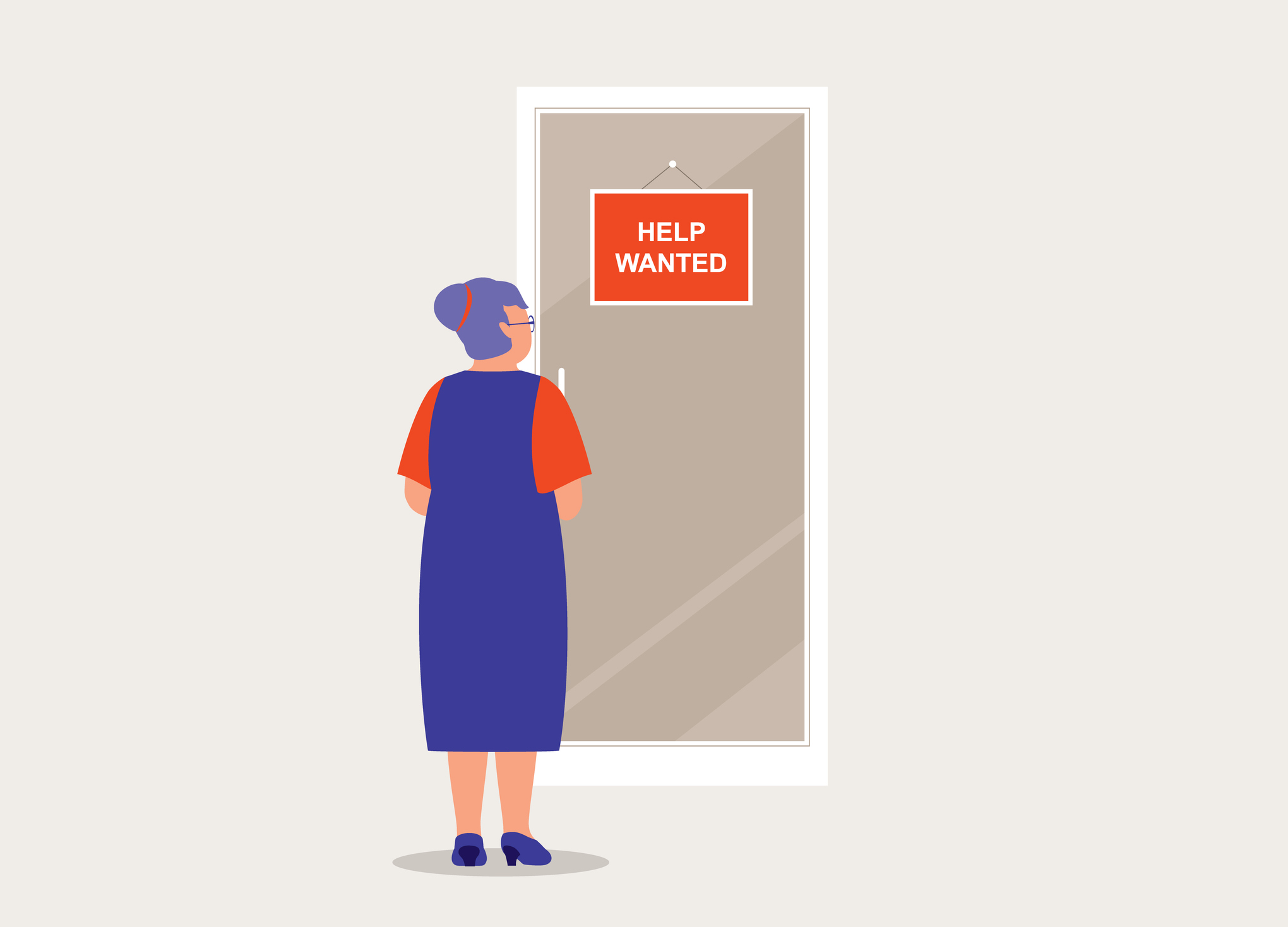The Impact of the Labor Shortage and an Aging Workforce
Understaffed industries are offering attractive pay and benefits, which are bringing retirees back to the workforce. With current employees filling the gaps and people working beyond retirement age, injury prevention and mitigation can be particularly difficult.
July 31, 2023

The breakdown of our current workforce consists of five generations: Traditionalists, Baby Boomers, Generation X, Millennials, and Generation Z. This unique group consists of an age range never seen before in the workplace, with a mix consisting of current employees, short-tenured workers, and the aging population returning to work.
“It is no secret that post-pandemic, we are still two million employees short of what we had,” said Stacy Whalen, Senior Medical Manager at Safety National. “Employers are incentivizing with higher wages and better benefits, which is not only empowering workers to seek jobs across different sectors and occupations but attracting a generation who may be reentering the workforce or deciding to continue in their role. The combination of short-tenured employees and the multi-generational impact of an aging workforce can put many at a higher risk for injury.”
Generational Risk Differences
Employees over 55 comprise 23.4% of the workforce, and that share is expected to grow in the coming years. Additionally, 1-in-6 retirees is considering a return to the workforce. This is welcome news to industries struggling to attract and retain employees, but the aging workforce means companies may want to review benefit programs and services to better address the needs of older employees. Companies may want to readjust their risk programs to cover any risk of falls or being struck by hazards due to slowed reaction time. When these injuries occur, they could often be severe, requiring a lengthier recovery process.
On the other hand, short-tenured workers are more likely to suffer frequent workplace injuries. Numbers vary significantly by industry, but those with the highest injury rates include warehouses, manufacturing, and construction occupations.
Effects of Comorbidities in Claims Management
When prevention fails and an accident occurs, the goal is to alleviate the extent of the injury, maximize recovery potential by mitigating the degree of disability, and decrease medical spending. A severely injured worker being treated in a trauma bay enters with every pre-existing illness, injury, or health issue that comes with them. Those comorbidities must be treated alongside the injury. Some conditions that can commonly develop with age can also have a significant impact on recovery potential. These can include:
- High blood pressure
- Type II diabetes
- Arthritis
- Chronic pain
- High cholesterol
- Drug and alcohol abuse
- History with the law
- Pysch/PTSD
- Coronary artery disease
- Smoking
- Kidney disease
- Respiratory health
- Prior surgical history
- Family dynamics
- Cumulative trauma (head, spine, and orthopedic injuries)
Increasing claims costs and severity are being driven by medical inflation, technological advances, and medical services. However, attendant care and prescription costs can be silent drivers of rising claim costs since they are typically not analyzed as thoroughly. Attendant care will often be required in older employees since spouses may be unable to provide care, and additional comorbidities may cause complications through infections, diminished overall strength, and further surgeries. Primary cost drivers in these claims include prolonged rehabilitation, multiple specialists, long-term care facilities, pharmacology, home health, and durable medical equipment (DME) and supplies. Combining many of these items may be necessary to maximize functional recovery so an injured worker goes home as independently as possible.
Ageonomics & Productive Aging Techniques
Ageonomics is a discipline that seeks to create a healthier workforce and an environment that responds to the needs of an aging workforce through total worker health. This combines a safety program with effective ergonomics practices, wellness programs, and benefits to address an aging workforce. Combining this strategy with productive aging, which includes workers of all ages, helps to evolve working conditions that allow all workers to function optimally and thrive in their roles. Additionally, productive aging enables employers to benefit from the retention of institutional knowledge and extensive skills of long-term older workers, which is critical in roles with knowledge deficits or “brain drain.”
Wellness programs included in this strategy should utilize biometric data, like heart rate, pre-diabetes detection, and cholesterol numbers, to identify heart health risks. Safety programs with an ageonomics focus will incorporate technology that assists with physically-intensive tasks through wearable technology, which can also recognize potential health risks through heart rates and body temperatures. Risk managers should also ensure compliance with existing rules and ergonomic principles through a risk management program that includes reeducation, retraining, and reminding their workforce.
For more expertise, guidance or resources on this topic, please contact [email protected].

























